Radiation therapy is a life-saving treatment used in over half of all cancer cases worldwide. While it effectively targets cancerous cells, the long-term impact on healthy tissues often goes overlooked—until symptoms start to appear months or even years later. These delayed side effects, known as radiation injuries, can be painful, debilitating, and challenging to treat through conventional means.
Fortunately, an advanced medical treatment known as Hyperbaric Oxygen Therapy (HBOT) is changing the game. Let’s dive into how HBOT for radiation injury offers real, science-backed relief—and how it might be the missing link in your or your loved one’s recovery journey.
💥 What is a Radiation Injury?
Radiation injuries occur when healthy tissues near the targeted cancer site are unintentionally damaged during radiation therapy. Though radiation is precise, surrounding blood vessels, connective tissues, and nerves may also be affected—leading to chronic conditions that worsen over time.
Common Symptoms of Radiation Injury:
- Chronic fatigue and pain
- Non-healing wounds
- Radiation necrosis (tissue death)
- Hematuria (blood in urine)
- Radiation proctitis or cystitis
- Fistula formation
- Pelvic fibrosis and bowel damage
Underlying Causes:
- Ischemia: Radiation reduces blood flow to tissues.
- Fibrosis: Scar-like tissue forms, reducing flexibility and function.
- Stem Cell Depletion: Natural tissue regeneration is slowed or stopped.
- Chronic Inflammation: Leads to long-term damage and discomfort.
➡️ These injuries aren’t just physically painful—they also affect mental health and overall quality of life.
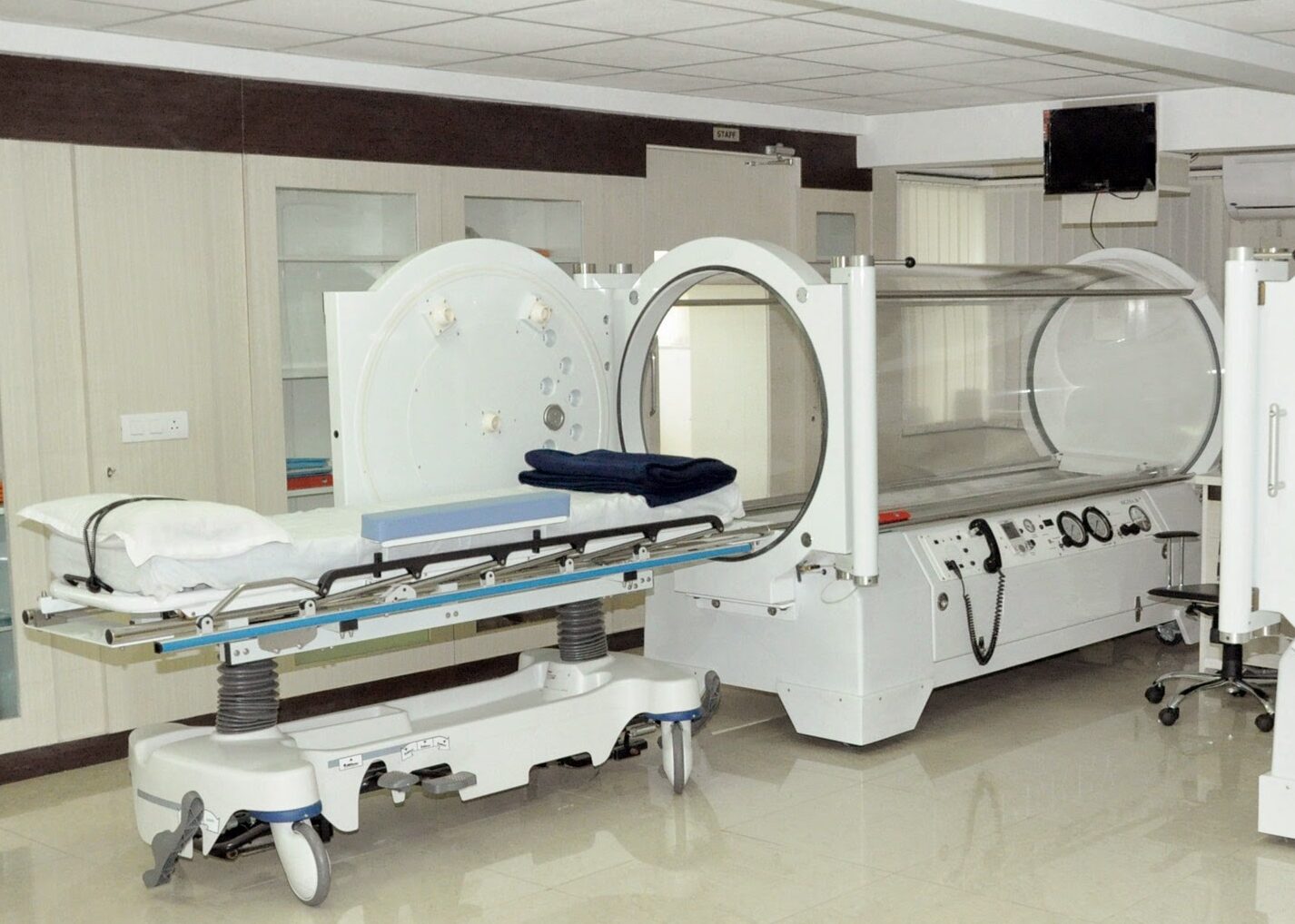
🌬️ How Can Hyperbaric Oxygen Therapy Help Radiation Injuries?
Hyperbaric Oxygen Therapy (HBOT) involves breathing 100% medical-grade oxygen in a pressurized chamber—typically 2 to 2.5 times normal atmospheric pressure. This increases the amount of oxygen in your blood plasma and tissues, promoting faster healing and reducing inflammation.
HBOT works by:
- Enhancing angiogenesis (new blood vessel formation)
- Reversing hypoxia (low oxygen levels in tissues)
- Stimulating stem cell mobilization
- Reducing edema and inflammation
- Encouraging collagen production and wound healing
At Oxycare HBOT Center, Ahmedabad’s leading facility for radiation injury recovery, our board-certified hyperbaric specialists provide individualized protocols for patients suffering from complications of radiation therapy—including radiation cystitis, proctitis, and osteoradionecrosis.
✅ Benefits of Hyperbaric Oxygen Therapy for Radiation Injuries
When it comes to healing radiation-damaged tissues, HBOT offers a superior alternative or adjunct to traditional therapies. Here’s how:
🚀 1. Boosts Immune Function
HBOT enhances the activity of white blood cells, helping fight infections in irradiated tissues and reducing inflammatory responses.
🌱 2. Stimulates Stem Cell Release
One of the most groundbreaking aspects of HBOT is its ability to mobilize stem cells from the bone marrow, triggering regeneration of damaged tissues at the molecular level.
💪 3. Supports Bone and Tissue Repair
Especially beneficial in cases like osteoradionecrosis, HBOT stimulates osteoblast and osteoclast activity, aiding in bone remodeling and preventing necrosis progression.
💊 4. Enhances Antibiotic Efficacy
In infected radiation wounds, HBOT enhances the effectiveness of antibiotics, helping clear bacteria and biofilms more efficiently.
🩸 5. Improves Blood Flow
By forming new capillaries and reversing ischemia, HBOT restores circulation to damaged tissues, reducing chronic pain, fibrosis, and tissue death.
🌟 6. Restores Quality of Life
Perhaps most importantly, patients often report dramatic improvements in daily comfort, continence, and mobility, regaining the confidence they had lost post-radiation.
Note: While most insurance companies in Western countries cover HBOT for radiation injuries, in India, coverage is still limited. We advise discussing options with our billing team for cost-effective packages.
🔍 What to Expect During Hyperbaric Oxygen Therapy at Oxycare, Ahmedabad
We understand that starting a new medical treatment can be daunting. That’s why we take a patient-centered approach to ensure safety, comfort, and positive outcomes.
🧑⚕️ 1. Medical Evaluation
Our team conducts a thorough medical history review and diagnostic tests to determine if you are a candidate for HBOT. We collaborate with your oncology or surgical team to ensure continuity of care.
⏱️ 2. HBOT Sessions
Each session lasts about 60 to 90 minutes. You’ll rest inside a comfortable, transparent mono-place chamber, breathing pure oxygen as the pressure gently increases. You can relax, sleep, or watch TV during the process.
🔁 3. Frequency & Duration
Most patients need 20–40 sessions, depending on the condition and severity. Some complex injuries, like pelvic radiation disease, may require up to 60 sessions for full benefit.
😌 4. Aftercare and Monitoring
Post-session, you’ll be monitored for any side effects (which are rare). Most patients report feeling energized and relaxed, with improvement in symptoms occurring gradually over weeks.
📚 Research: Scientific Proof That HBOT Works
HBOT is not alternative medicine—it’s evidence-based, FDA-approved in many countries, and endorsed by the Undersea & Hyperbaric Medical Society (UHMS) for multiple radiation-related conditions.
Key Clinical Studies:
- Radiation Proctitis Trial (2008): A double-blind study found significant symptom reduction and improved rectal bleeding in HBOT-treated patients.
- Delayed Radiation Cystitis Study: Demonstrated complete resolution of hematuria and bladder discomfort in most patients.
- HBOT in Osteoradionecrosis: Published in The Laryngoscope, this landmark study showed bone regrowth and reduced infection rates with HBOT.
📌 Searchable in PubMed and indexed journals; links available upon request at Oxycare reception or consultation.
❓ Frequently Asked Questions (FAQs)
❔ How does HBOT heal radiation-damaged tissue?
By flooding damaged tissue with oxygen, HBOT reverses ischemia, reduces inflammation, and kickstarts regenerative processes like stem cell activation and angiogenesis.
❔ Is Hyperbaric Oxygen Therapy safe?
Yes. When administered by trained professionals under strict protocols, HBOT is extremely safe. Side effects are rare and usually mild, like temporary ear pressure.
❔ How many sessions will I need?
Depending on your diagnosis, anywhere from 20 to 60 sessions may be required. Conditions like radiation necrosis often benefit from longer treatment courses.
❔ Is HBOT available in India?
Yes, although it is still emerging. Oxycare HBOT Center in Ahmedabad is one of Gujarat’s only mono-place chamber facilities supervised by US-certified HBOT physicians.
🏥 Why Choose Oxycare for HBOT in Gujarat?
Located in the heart of Ahmedabad, Oxycare Hyperbaric Oxygen Center is equipped with:
- A state-of-the-art PERRY mono-place chamber
- A team of US-trained HBOT-certified doctors
- 24×7 hospital support including ICU and emergency response
- Over 20 years of clinical expertise in chronic wound and radiation injury care
We proudly serve patients from across Gujarat, including Gandhinagar, Baroda, Rajkot, and even neighboring Rajasthan.
🔚 Final Thoughts: Hope Beyond Radiation
Radiation injuries don’t have to be a life sentence. With advanced therapies like Hyperbaric Oxygen Therapy, you can experience real healing—not just symptom management.
If you or a loved one is living with the effects of radiation therapy and struggling to recover, don’t wait. Contact Oxycare HBOT Center today for a consultation and discover how HBOT can restore your health, vitality, and quality of life.



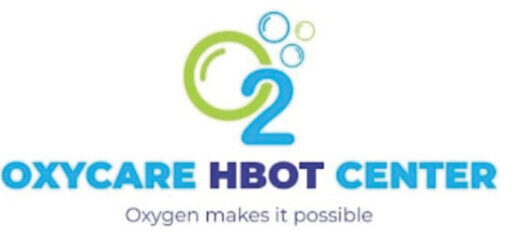

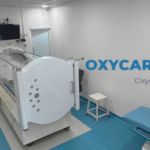
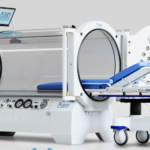
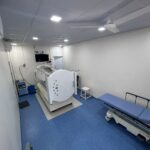
Leave a Reply